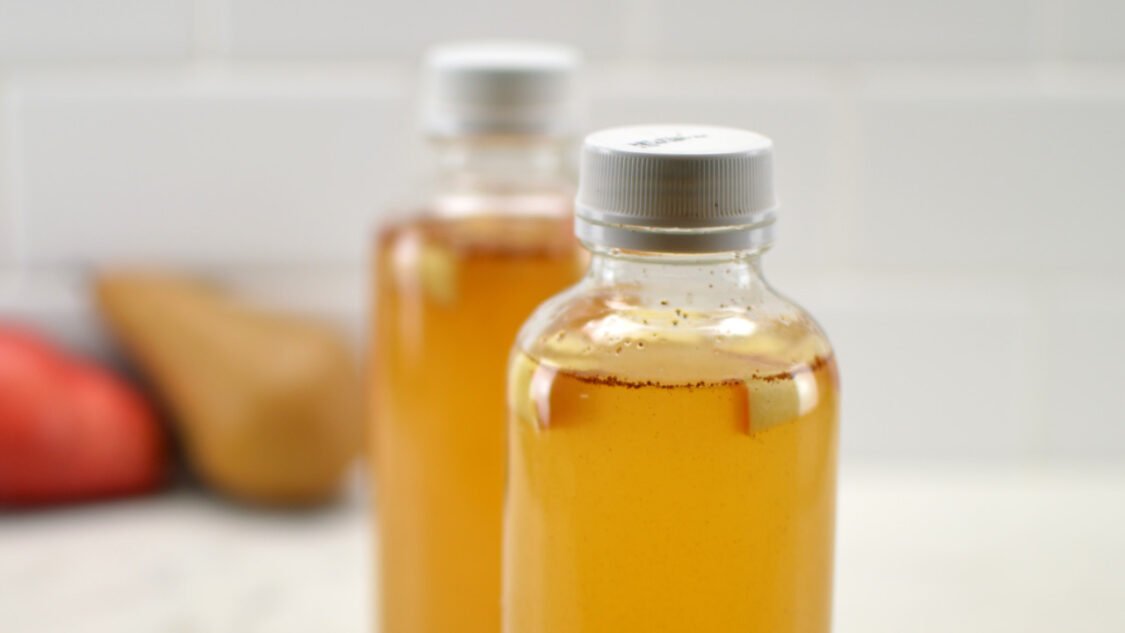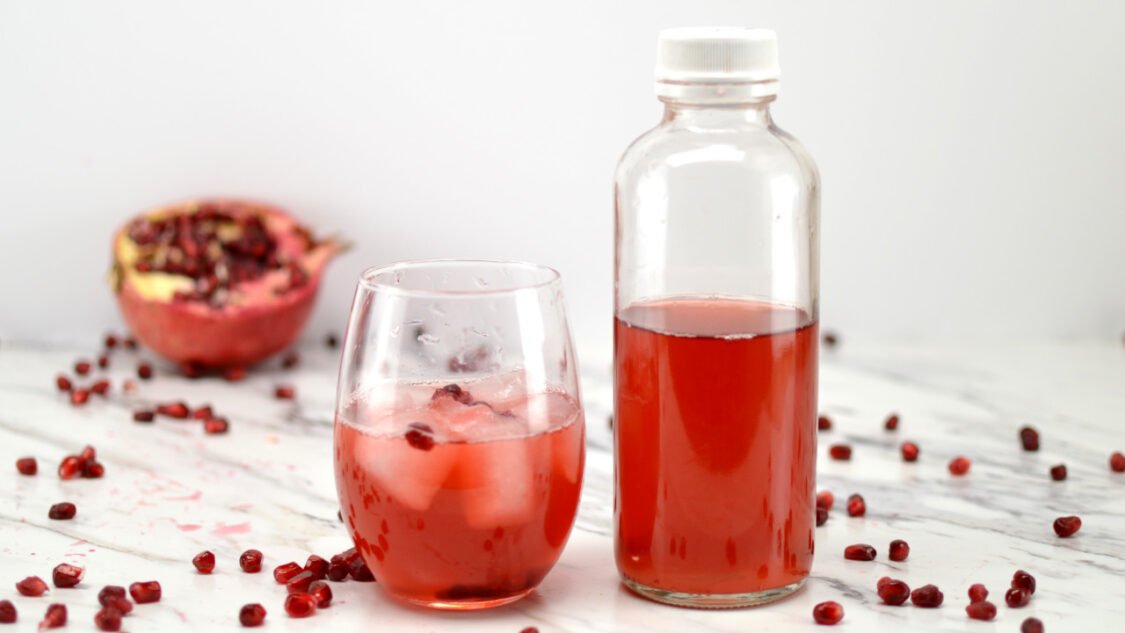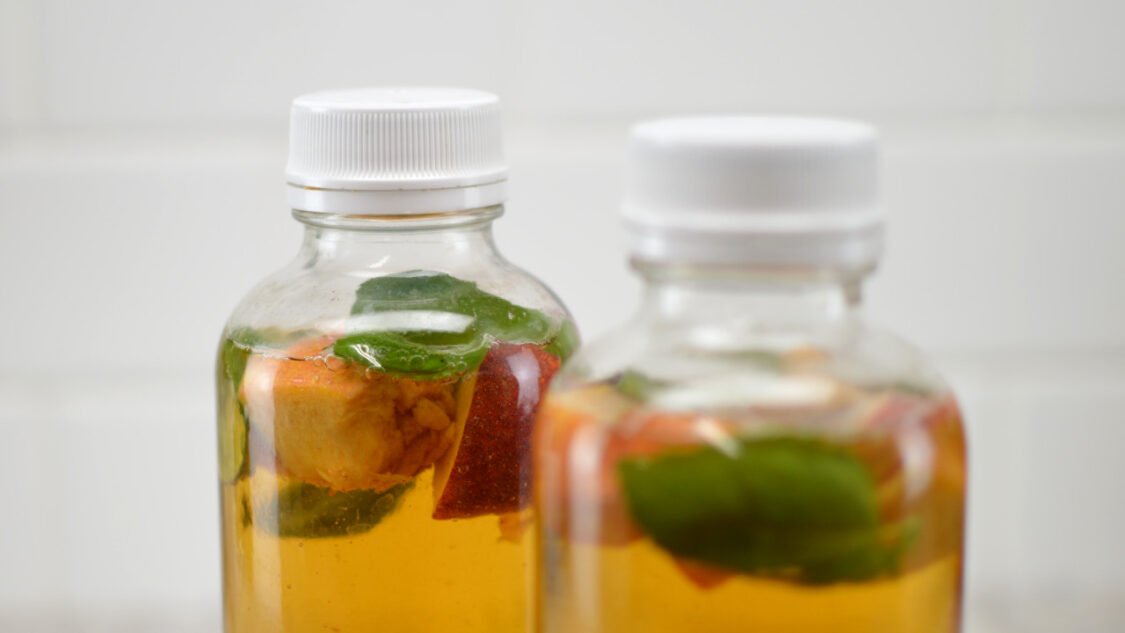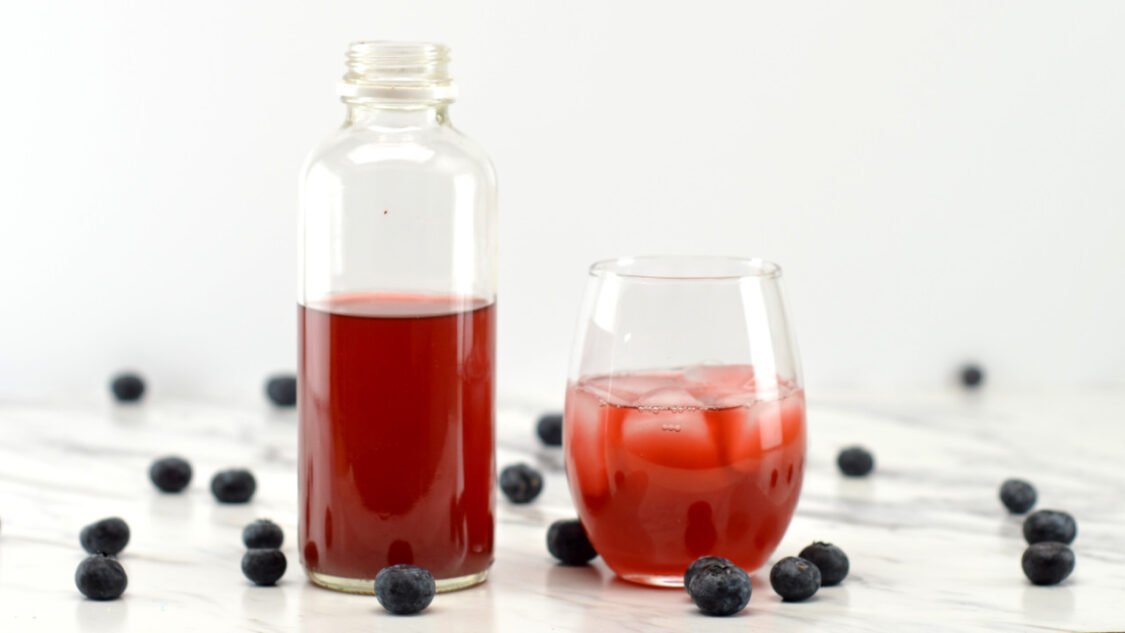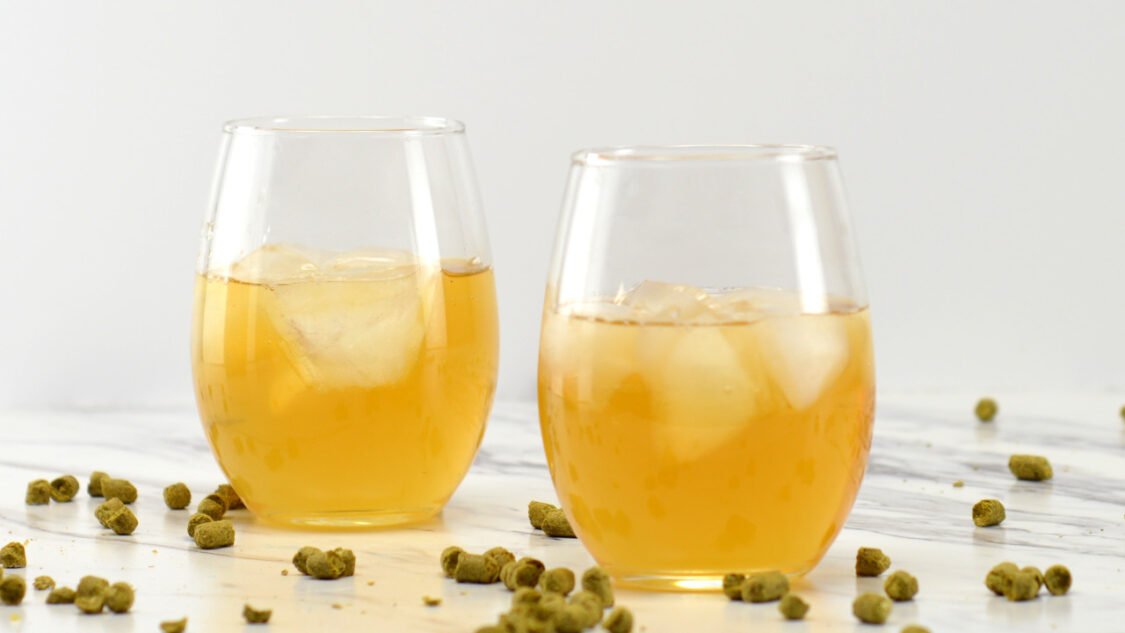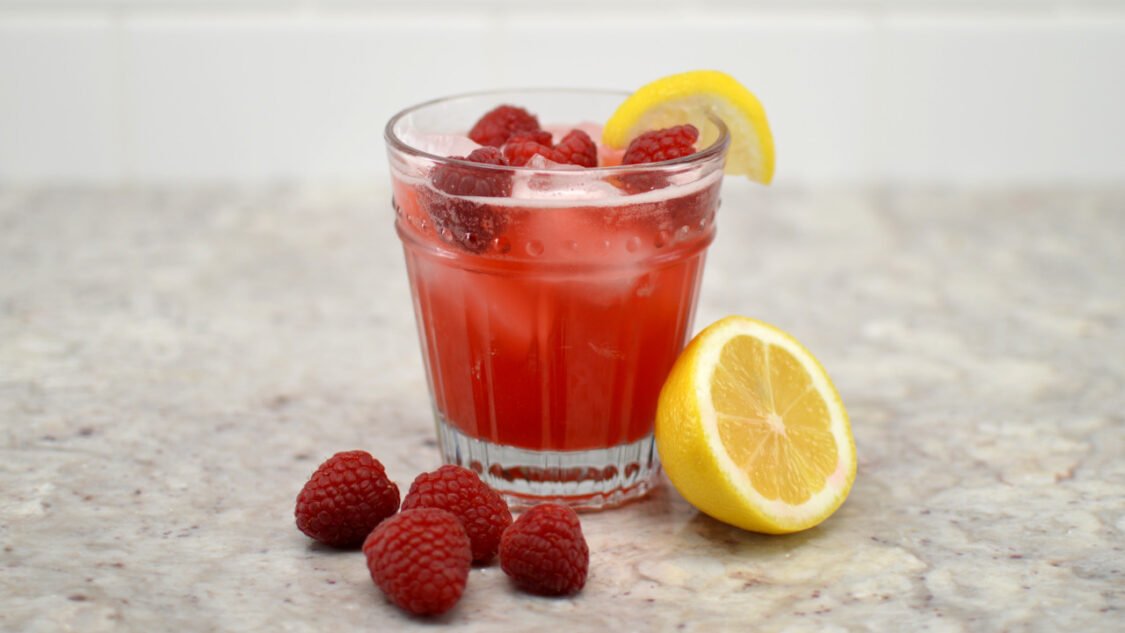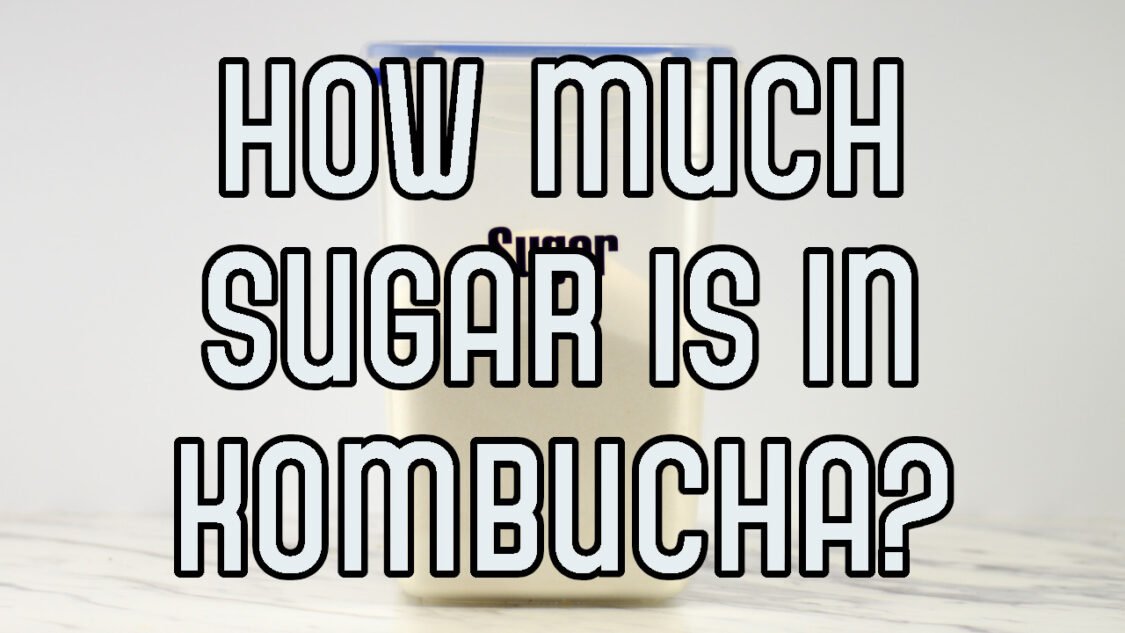Clean Green Kombucha
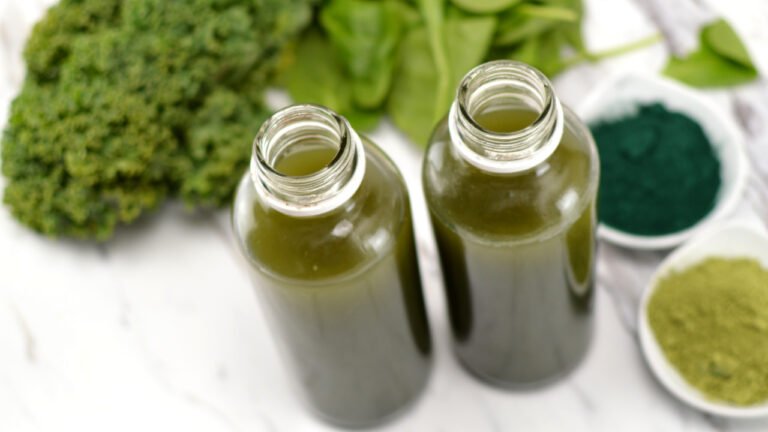
Clean green kombucha is like a super-green smoothie with the added benefits of kombucha. It is made with moringa oleifera, spirulina, kale and spinach.
Moringa oleifera has been used for its medicinal properties and health benefits for centuries. It has antifungal, antiviral, antidepressant, and anti-inflammatory properties. Spirulina is a type of algae associated with many health benefits that is loaded with various nutrients and antioxidants that may benefit your body and brain.
Kale and spinach are among the the most nutrient dense foods on the planet since they are loaded with nutrients in a low-calorie package.
Note: A blender is recommended for this recipe to process the kale and spinach
Drink this kombucha from the bottle over ice or use it to make a super nutrient packed green goddess kombucha smoothie
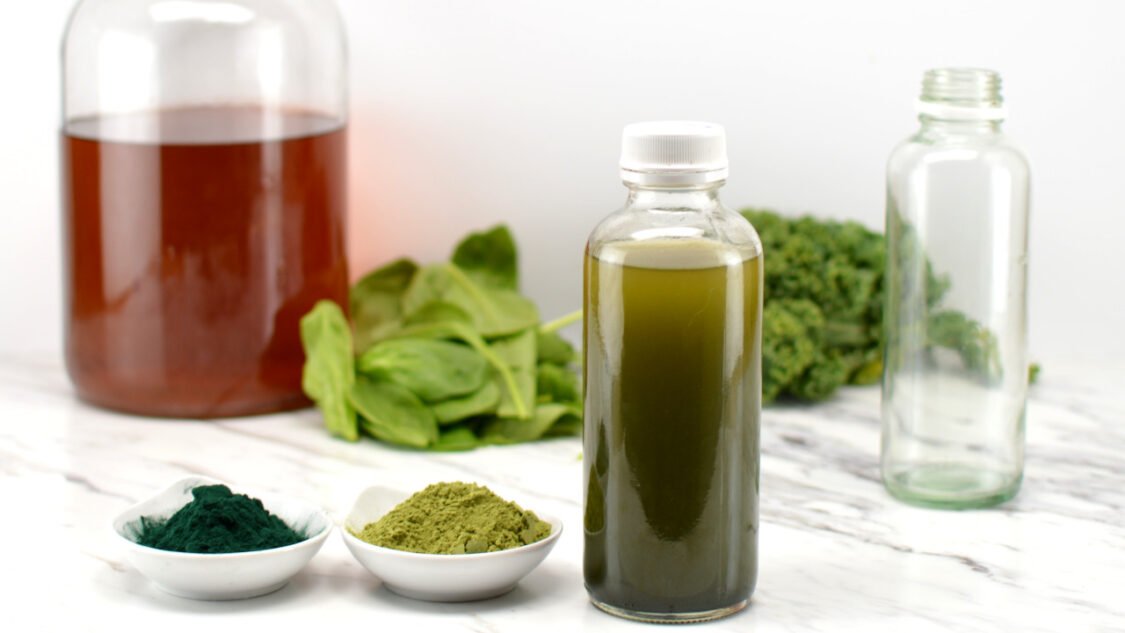
Kombucha Fermentation Overview
There are two fermentation phases when making kombucha:
1. Primary Fermentation: This is when you transform sweet tea into tart and tasty kombucha. Get all the details at how to make kombucha.
2. Secondary Fermentation: This is when you carbonate the kombucha by adding flavors (such as the power-packed green superfoods moringa oleifera, spirulina, kale and spinach) and sugars and bottling it. Check out my complete guide on how to to flavor kombucha here.

Preparing for Secondary Fermentation
This recipe makes about 7 x 16 fluid ounce bottles of finished kombucha (from a 1-gallon batch of unflavored homemade kombucha aka from your primary fermentation).
Reserve 2 cups (about 16 oz / 0.47L) kombucha and your SCOBY from your completed primary fermentation and set aside – you will use this as your starter for your next gallon batch of kombucha.
With your kombucha starter tea and SCOBY placed aside, you now have enough kombucha left to flavor and fill your bottles. This guide assumes are using 16 oz. glass bottles which are a popular choice for kombucha; however, there are many options for bottling kombucha.
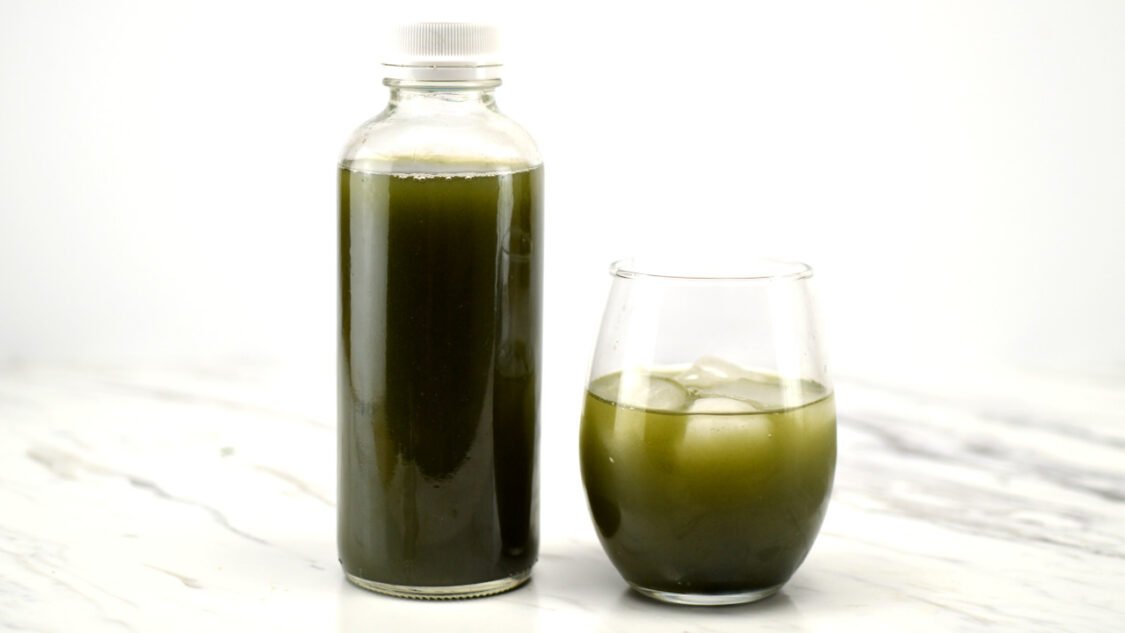
Ingredients to make Clean Green Kombucha
Kombucha Finished kombucha from your first fermentation is the base to which you will add the greens.
Moringa oleifera: often called the drumstick tree, the miracle tree, the ben oil tree, or the horseradish tree. It is native to India but also grows in Asia, Africa, and South America.
Moringa contains a variety of proteins, vitamins, and minerals: vitamin A, vitamin B1 (thiamine), B2 (riboflavin), B3 (niacin), B-6, folate and ascorbic acid (vitamin C), calcium, potassium, iron, magnesium, phosphorus and zinc.
Moringa is believed to help minimize weight gain, lower cholesterol and blood pressure, prevent inflammation, help the body convert fats into energy, reduce fatigue and improve energy levels.
Spirulina is a type of cyanobacteria, which is a family of single-celled microbes that are often referred to as blue-green algae that grows in both fresh and salt water.
This tiny alga is packed with nutrients.
A single tablespoon (tbsp.), or 7 g, of dried spirulina powder contains Protein: 4 g, Thiamin: 14% of the Daily Value (DV), Riboflavin: 20% of the DV, Niacin: 6% of the DV, Copper: 47% of the DV, Iron: 11% of the DV. It also contains decent amounts of magnesium, potassium, and manganese all in just 20 calories and less than 2 g of carbohydrates.
Among the health benefits of spirulina are that is contains powerful antioxidant and anti-inflammatory properties. It may lower cholesterol and triglyceride levels, Protects LDL cholesterol from oxidation and has anti-cancer properties. It may reduce blood pressure, Improves symptoms of allergic rhinitis, improve muscle strength and endurance and supports blood sugar control.
Kale Kale has long been known as king of the super healthy greens. Kale is a popular vegetable and a member of the cabbage family along with cabbage, broccoli, cauliflower, collard greens and Brussels sprouts.
A single cup of raw kale (about 67 grams or 2.4 ounces) contains: Vitamin A: 206% of the daily value (DV) (from beta-carotene), Vitamin K: 684% of the DV, Vitamin C: 134% of the DV, Vitamin B6: 9% of the DV, Manganese: 26% of the DV, Calcium: 9% of the DV, Copper: 10% of the DV, Potassium: 9% of the DV, Magnesium: 6% of the DV,
It also contains 3% or more of the DV for vitamin B1 (thiamin), vitamin B2 (riboflavin), vitamin B3 (niacin), iron and phosphorus all in a package of only 33 calories, 6 grams of carbs (2 of which are fiber) and 3 grams of protein.
Kale Is Loaded with Powerful Antioxidants Like Quercetin and Kaempferol, It Is an Excellent Source of Vitamin C and Vitamin K which is essential for blood clotting. Kale contains numerous cancer-fighting substances and it is high in beta-carotene, an antioxidant that the body can turn into vitamin A
Spinach spinach is considered a superfood as it is loaded with nutrients in a low-calorie/high fiber package. This leafy vegetable is also beneficial for your skin, hair and bones.
Spinach helps in controlling diabetes. It has a low glycemic index (GI) meaning it does not cause a spike in your blood sugar levels. Here is an chart with the glycemic index of over 60 foods
It is also an excellent source of fiber and low in calories, making it an ideal food to be used in recipes for diabetes. In addition, spinach is believed to prevent cancer, reduce blood sugar and promotes good bone health. Spinach also aids in weight loss, reduces hypertension, Has Anti-inflammatory Properties and can boost your immunity
Sugar: A touch of additional sugar for bacteria and yeast to feed on which creates carbonation (aka fizzy goodness.) When filling 16-ounce bottles I’ve found a sugar cube has the right amount of sugar (1/2 tsp) for carbonation and is a convenient way to add the right amount without the mess.
How to make Clean Green Kombucha
Add Flavors: Add moringa oleifera, spirulina, kale and spinach
Bottle: Transfer kombucha to fermentation bottles.
Condition: For 3 to 10 days, until it reaches the carbonation level you like.
Enjoy: Chill in the fridge before serving.
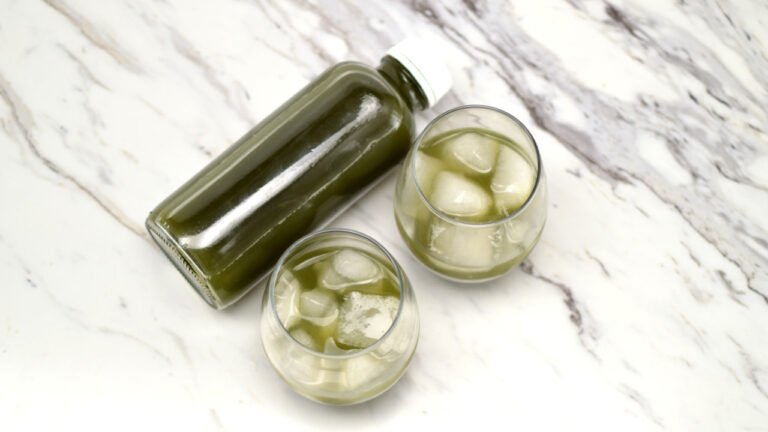
Clean Green Kombucha Recipe
Yield: 7 bottles • Active time: 20 minutes • Total time: 3 -10 days

This recipe assumes you are doing a secondary fermentation (flavoring and carbonation) in the bottle. You may also incorporate a third fermentation using the same proportions but following the third fermentation steps.
Ingredients:
1-gallon homemade kombucha from a first fermentation, 1.9 L
2 Tbs moringa oleifera powder
1 Tbs spirulina powder
½ cup kale, fresh or frozen
½ cup spinach, fresh or frozen
7 sugar cubes or 2 Tbs sugar 12 g
Instructions:
Prepare kale and spinach: If fresh, coarsely chop the kale and spinach. If using frozen, allow it to thaw.
Make green concentrate: Add moringa powder, spirulina powder, kale and spinach to the bowl of a blender. Add about 1 cup of your unflavored kombucha to give it some liquid to blend. Blend on medium for 20-30 seconds until it is full processed into a smooth mixture. Add more unflavored kombucha if it’s too dry to blend. If you don’t have a blender or food processor, you can finely chop the greens and mix everything together.
Flavor: Add about 2 TBS of the green concentrate to each bottle. Evenly divide remaining concentrate among bottles
Fill bottles: Transfer kombucha into fermentation bottles, leaving about 1 inch empty at the top
Sweeten: Add one sugar cube per 16 bottle or evenly divide sugar between bottles (about 1 tsp per bottle)
Cap: Cap the filled bottles and tighten the cap snugly
Ferment: Place in a dark, room temperature area for 3 to 10 days, until it reaches the carbonation level you like. This process will go faster in warmer climates, and slower in cooler climates.
Enjoy: Chill in the fridge before serving. Homemade kombucha can be stored in the fridge, tightly sealed, for several weeks.
If desired, you can strain the kombucha as you serve it into glasses to remove the chopped kale and spinach pieces. Don’t worry, all the of the green rt and zesty goodness will remain.
Tips & Tricks:
Make sweet tea for your next batch the night before you flavor and bottling and let it cool on the stove overnight so that you can flavor your kombucha and get your next batch started at the same time.
If this is your first time brewing, it may be helpful to use a plastic water bottle as a gauge. Fill a recyclable plastic bottle with kombucha (leaving 1.5 inches empty at the top). When this bottle becomes rock hard, you’ll know the glass bottles are also ready. This will help you gauge how long it take for kombucha to carbonate your climate and will prevent bottle explosions.
Variations:
Matcha: add 1/2 tsp matcha powder for an extra superfood kick
Ginger: try adding 2 tsp ginger to give it the addition of ginger’s slightly spicy-pungent notes.
Nutrition Information:
Kombucha Recipes You Might Also Like
More Kombucha Knowledge
Helping you learn to brew kombucha, find inspiration for new kombucha flavors and use kombucha to make kombucha mocktails
The materials contained on this website are intended to be used for educational purposes only, and the website’s use is solely at your own risk. It is important to use good judgment when consuming kombucha. Never consume kombucha that looks, tastes, or smells unpleasant. Further, before consuming kombucha or any other fermented or cultured food, you should receive full medical clearance from a licensed physician. Author and publisher claim no responsibility to any person or entity for any liability, loss, or damage caused or alleged to be caused directly or indirectly as a result of the use, application, or interpretation of the material on this website.

